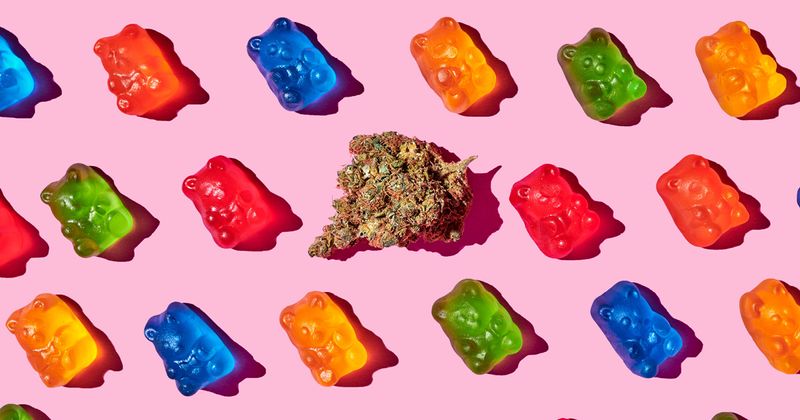Study finds rapid increase in pediatric exposures to edible cannabis
Edible cannabis exposures increased rapidly among young children in the United States in the past 5 years after many states’ legalized recreational cannabis, according to a study published in Pediatrics.
“These exposures can cause significant toxicity and are responsible for an increasing number of hospitalizations,” the authors of the study wrote. “Prioritizing prevention strategies such as changing product packaging and labeling, regulating the maximum allowable dose in a package, and increasing public education on mitigation of household risks are key in reducing these exposures.”

Similar findings reported in Canada last year showed that pediatric ED visits due to cannabis exposure significantly increased after legalization of recreational cannabis. Earlier research showed that more than half of edible cannabis products had inaccurate labels.
Marit S. Tweet, MD, an emergency medicine physician at Southern Illinois University School of Medicine, said the idea for the new study came from her medical toxicology fellowship in Chicago at the start of 2020, close to the time Illinois legalized recreational cannabis use.
“Looking forward, was this going to affect the number of calls we were getting both for adult and pediatric patients?” Tweet said in an interview with Healio. “Obviously, 2020 took a little bit of a turn with the pandemic, so it [shifted] our focus away from that. But then, as things kind of settled down, we decided to take a look back and see, ‘Hey, how did this change after it became legalized in our state for recreational use?’”
Tweet and colleagues examined reports for edible cannabis exposures and single ingestions in children aged 5 years or younger on a nationwide level, using the National Poison Data System, which catalogs calls to poison centers across the country.
“Edible preparations are particularly appealing to toddlers because they resemble common treats such as candies, chocolates, cookies, or other baked goods,” they wrote.
Ultimately, the researchers found 7,043 exposures within those parameters from the years 2017 to 2021. In the first year, there were 207 reported cases, which leapt to 3,054 by 2021. Of all reported cases, 22.7% of children were admitted to the hospital, although the number of patients treated and released decreased from the pre-COVID-19 years to the pandemic period.
Among the 4,827 cases with a known outcome, central nervous system depression was the most reported clinical effect at 3,381 cases. In 90 cases, there were more serious central nervous system effects, including major depression or coma. In the others, 548 reported tachycardia, 458 reported vomiting and, to a lesser extent, 284 reported mydriasis and 148 reported respiratory depression.
“We definitely expected to see an increase,” Tweet said. “Just as [cannabis] is becoming more used and more legalized around the country, we definitely expected to see an increase... We don't know if this was necessarily due to the pandemic itself, [or if] people being at home more was [the cause of this] change in the products that were being ingested.”
In the study, Tweet and colleagues said, “It is important for providers to be aware of this in their practice and it presents an important opportunity for education and prevention.”
